So, You’re Thinking About Plum? A Guide to Nailing This Gorgeous Color
I’ve been working with color for a long time, and I’ve seen trends come and go. But some shades just stick around because they have a certain magic. Plum is definitely one of them. I’ll never forget a project in a historic brownstone where the client wanted a library that felt smart but also incredibly cozy. We took a leap and painted the walls in a deep, dusty plum.
In this article
The moment that second coat dried, the whole room just… settled. It felt grounded, warm, and completely timeless. That project really drove a point home for me: plum isn’t just a color. It’s a whole mood.
So, this isn’t about what’s trendy right now. Good design principles are evergreen. I want to walk you through what I’ve learned from years of getting my hands dirty with this complex, rewarding color. We’ll get into the nitty-gritty of why it behaves the way it does, how to use it like a pro, and how to dodge the common mistakes. My goal? To give you the confidence to use plum not because it’s in style, but because it’s perfect for your space.
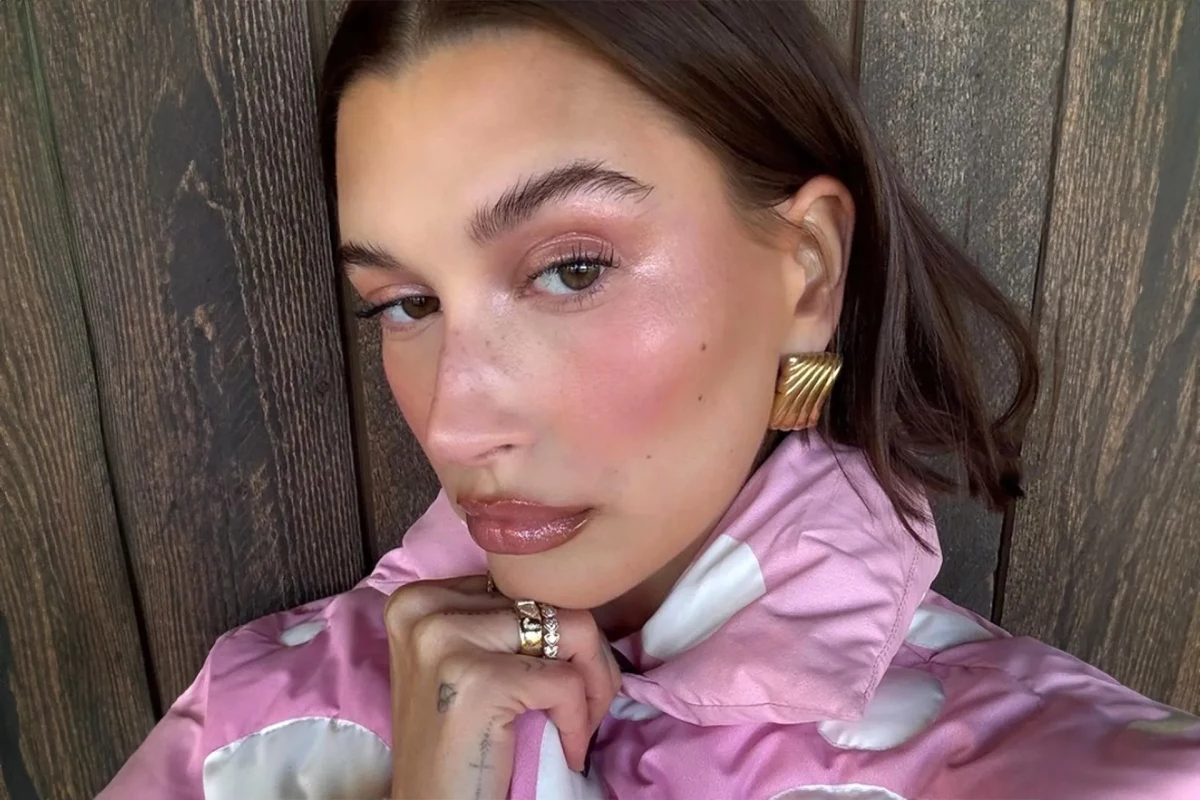
Why Plum Can Be Tricky (But Is Totally Worth It)
Before you even think about cracking open a can of paint, it helps to understand what you’re dealing with. Plum isn’t a simple color. It’s a mix of red and blue, often with a little black or brown thrown in to give it that sophisticated, muted quality. This complexity is what makes it so beautiful, but also what makes it a bit of a chameleon.
The specific recipe of pigments changes everything. A plum with more red in it will feel warm and inviting, like a rich damson. For a feel like this, you might look for something along the lines of Benjamin Moore’s ‘Caponata’ (AF-650). On the other hand, a plum with more blue feels cooler and more regal, like a deep aubergine. A great example of this is Farrow & Ball’s ‘Brinjal’ (No. 222). And if you want something softer and more muted, a gray-based version like Sherwin-Williams’ ‘Exclusive Plum’ (SW 6263) can be a fantastic choice.
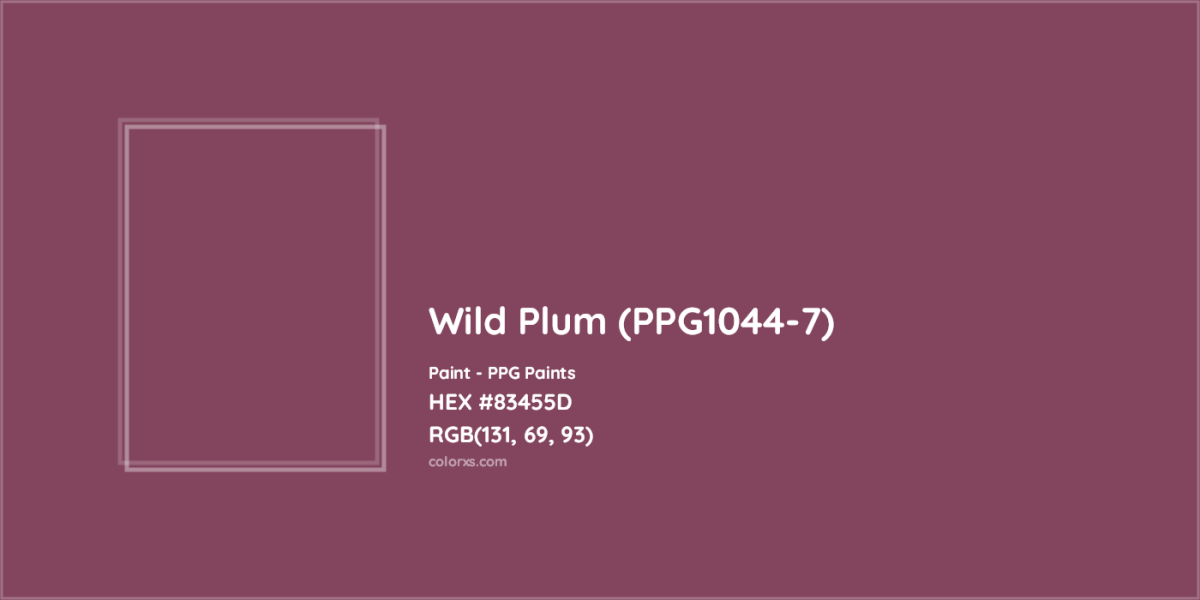
Heads Up: Light is EVERYTHING
Honestly, the single biggest mistake people make with plum is not testing it in their own home. It’s a phenomenon called metamerism, which is a fancy way of saying a color can look totally different depending on the light source. And plum is a major offender.
I once helped a client who chose a beautiful warm plum for their bedroom. In the daylight, it was perfect. But at night, under their new, very cool-toned LED bulbs, the color completely changed. The warmth vanished, and the walls looked like a flat, depressing purple-gray. The solution wasn’t repainting, thank goodness. We just swapped the bulbs for a warmer temperature (look for something around 2700K on the box). It was like magic—the color came right back to life.
Pro Tip: Please, do not choose a plum color from a tiny paint chip. It’s a recipe for disaster. You have to get a sample pot. Here’s a non-negotiable step for you:
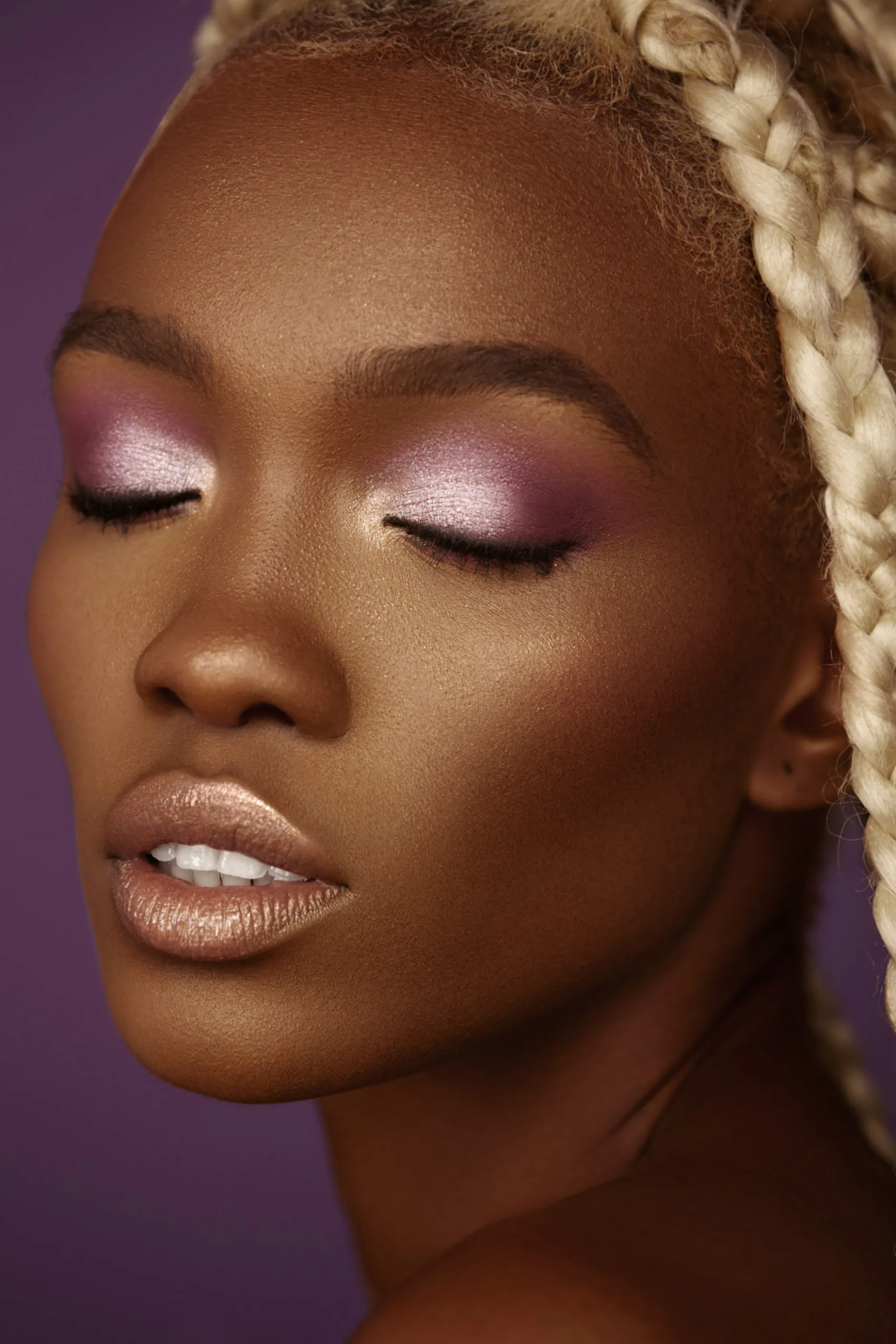
Get a large piece of white foam board—at least 2 feet by 2 feet—and give it two full coats of your sample color. Then, for the next 24 hours, move that board around the room. See how it looks in the morning sun, in the afternoon shade, and at night with your lamps on. Trust me on this one.
By the way, this little insurance policy is super cheap. You’ll need the foam board (about $5), a sample pot of paint (usually $8-$10), and a small roller or brush ($5). So for under $20, you can avoid a mistake that could cost hundreds to fix.
Building a Palette: What Actually Goes With Plum?
Plum has a strong personality, so it needs good friends to hang out with. The key is to decide on the vibe you’re aiming for: calm and harmonious, energetic and punchy, or sleek and sophisticated.
Harmonious and Calm Pairings
For a super cohesive look, pair plum with its neighbors on the color wheel—other reds and blues. Think of a deep eggplant plum layered with softer mauve, dusty rose, or even deep navy. This creates a rich, immersive feeling that’s amazing for bedrooms and lounges. The trick is to use different shades and textures to keep it from feeling one-note.
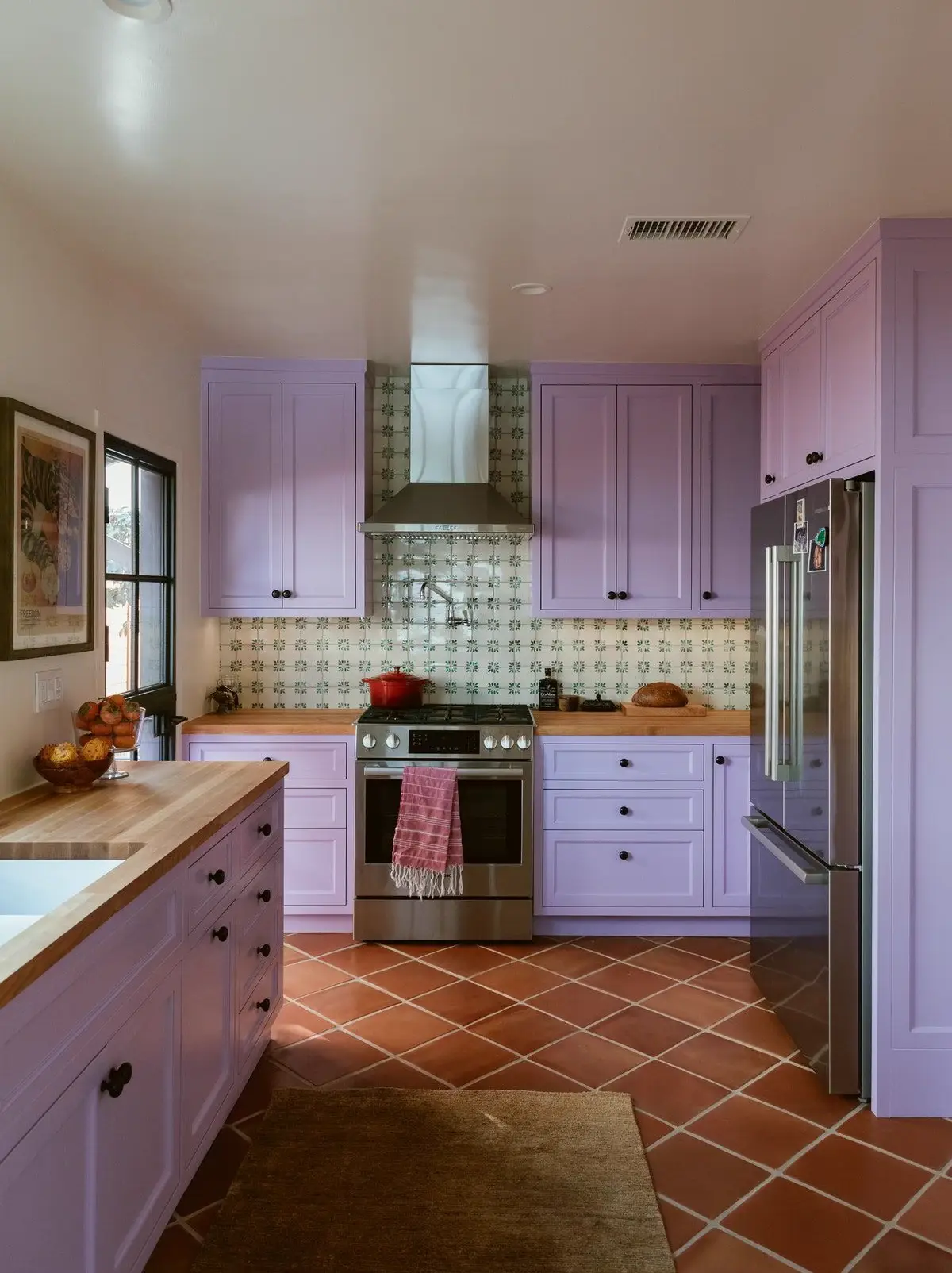
Energetic and Balanced Pairings
Want a little more pop? Look directly across the color wheel. The complement to a reddish-purple is a yellowish-green. It sounds wild, but it’s a classic. A deep plum wall with an olive green armchair or a chartreuse velvet pillow is stunning. The green balances the red in the plum, making both colors sing. Ochre and mustard yellow also work beautifully for a warm, earthy contrast.
Sophisticated Neutrals (Beyond Basic White)
Plum is a bit too complex for a harsh, builder-grade white trim, which can often look cheap next to it. I prefer to use more interesting neutrals:
- Warm Grays: A gray with a beige or brown undertone (often called ‘greige’) is a perfect modern partner for plum.
- Creamy Off-Whites: Instead of pure white, pick a white with a touch of yellow or cream. It softens the entire look.
- Charcoal and Black: For a seriously luxe, moody vibe, go for it. Black trim, picture frames, or furniture against a plum wall is incredibly chic and has a boutique-hotel feel.
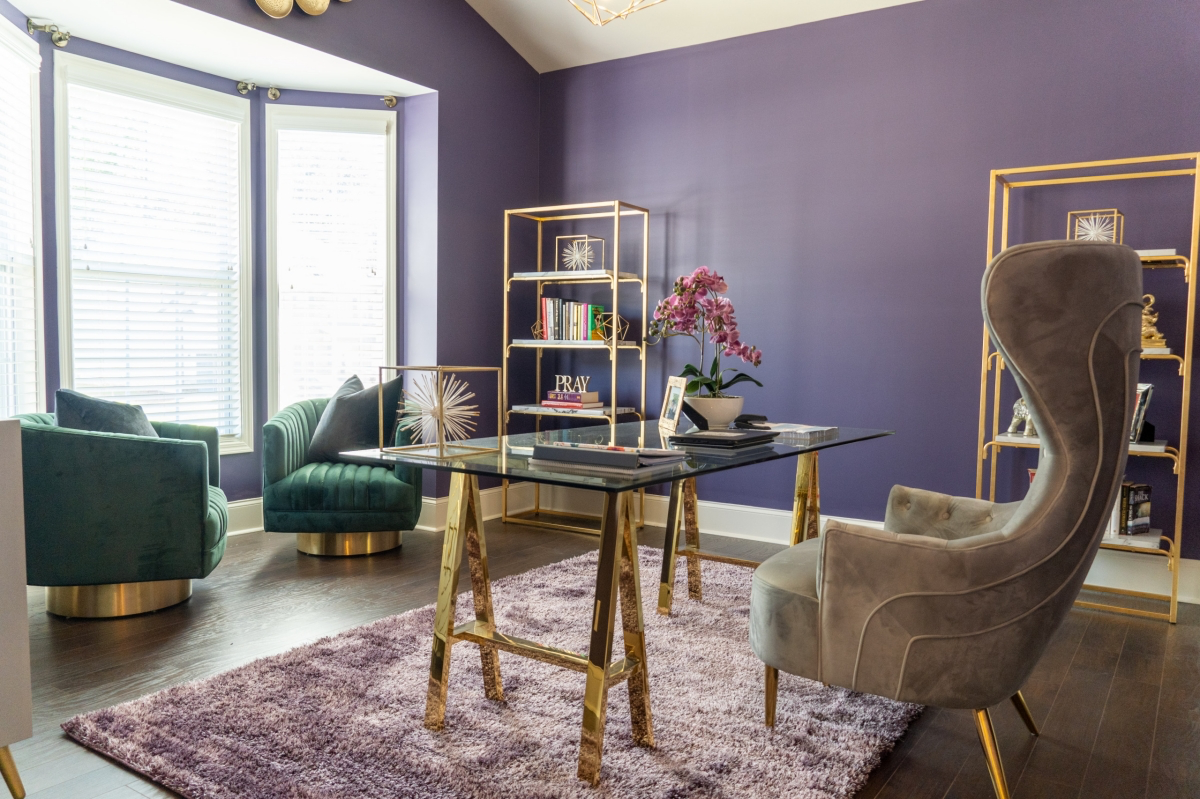
Oh Yeah, What About My Wood Floors?
This is a big one! Most of us have wood furniture or floors we can’t change. Good news: plum is great with wood.
- With light woods (like oak or maple): Plum creates a beautiful, high-contrast look. The warmth of the plum brings out the golden tones in the wood.
- With medium woods (like walnut): This is a match made in heaven. The combination is rich, sophisticated, and has a classic, timeless feel.
- With red-toned woods (like cherry or mahogany): You need to be a bit more careful here. Choose a plum that leans more blue/purple and less red to avoid a clash. A cooler aubergine shade will create a nice balance rather than fighting with the red in the wood.
How to Actually Use Plum: Paint, Fabric, and More
Okay, let’s talk application. The how is just as important as the what.
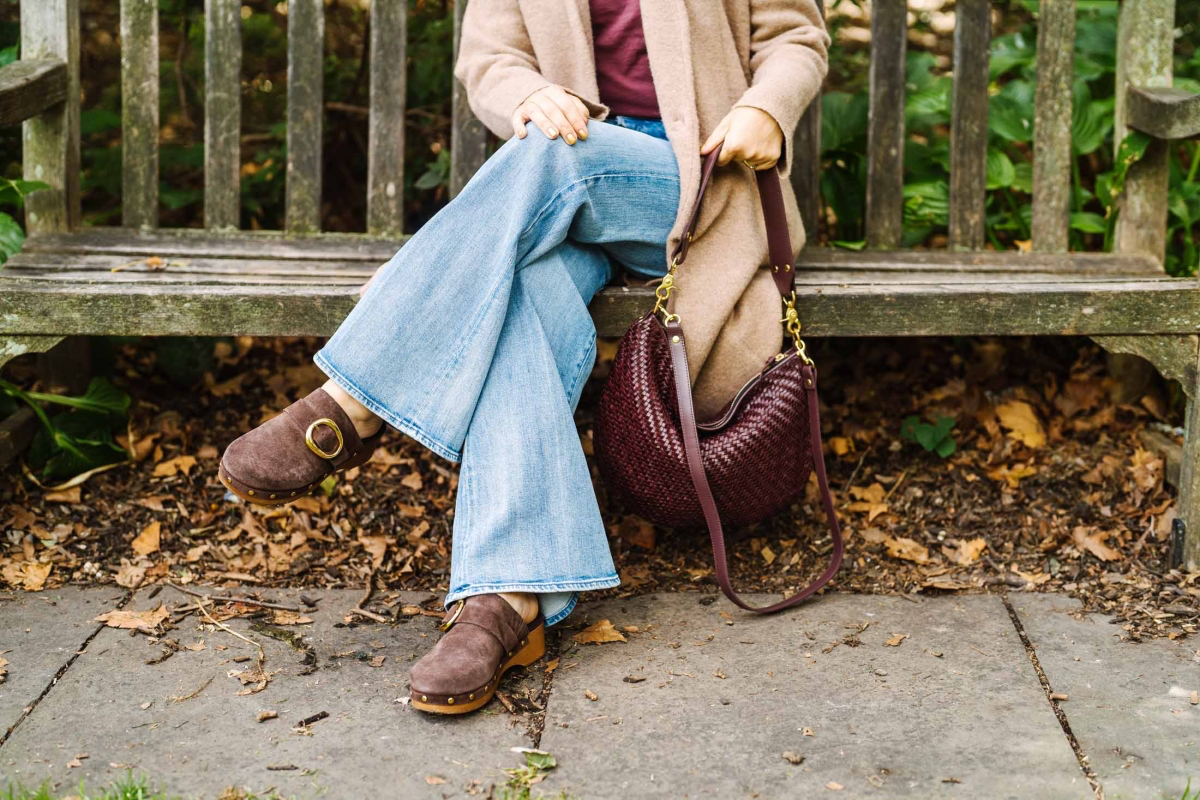
Getting the Paint Job Right
Painting a room a dark color isn’t harder, it just requires more care. Your prep work is key.
Your New Best Friend: Tinted Primer. Seriously, don’t skip this. Go to the paint store and ask them to tint your primer gray or a shade close to your plum. If you try to put a dark color over a white primer, you’ll be painting three, four, even five coats. With a tinted primer, you’ll get perfect coverage in two coats of your expensive paint. A gallon of quality tinted primer might be $40, but it will easily save you from buying another $70 gallon of premium paint.
As for the finish, or sheen, here’s the breakdown:
- Matte or Flat: This gives you a deep, velvety, non-reflective finish that hides wall imperfections beautifully. The downside? It’s not very durable and can be tough to clean. Best for low-traffic spots like formal living rooms or master bedrooms.
- Eggshell or Satin: My go-to for most projects. These have a low-key sheen that makes them much easier to wipe down. That little bit of reflection also keeps a dark color from feeling too flat. Perfect for hallways, family rooms, and even kitchens.
- Semi-Gloss or High-Gloss: These are for making a statement. A high-gloss plum ceiling or front door is a showstopper! But be warned: a glossy finish highlights every single bump, crack, and flaw in the surface. The wall has to be perfectly smooth. This is often a job best left to the pros.
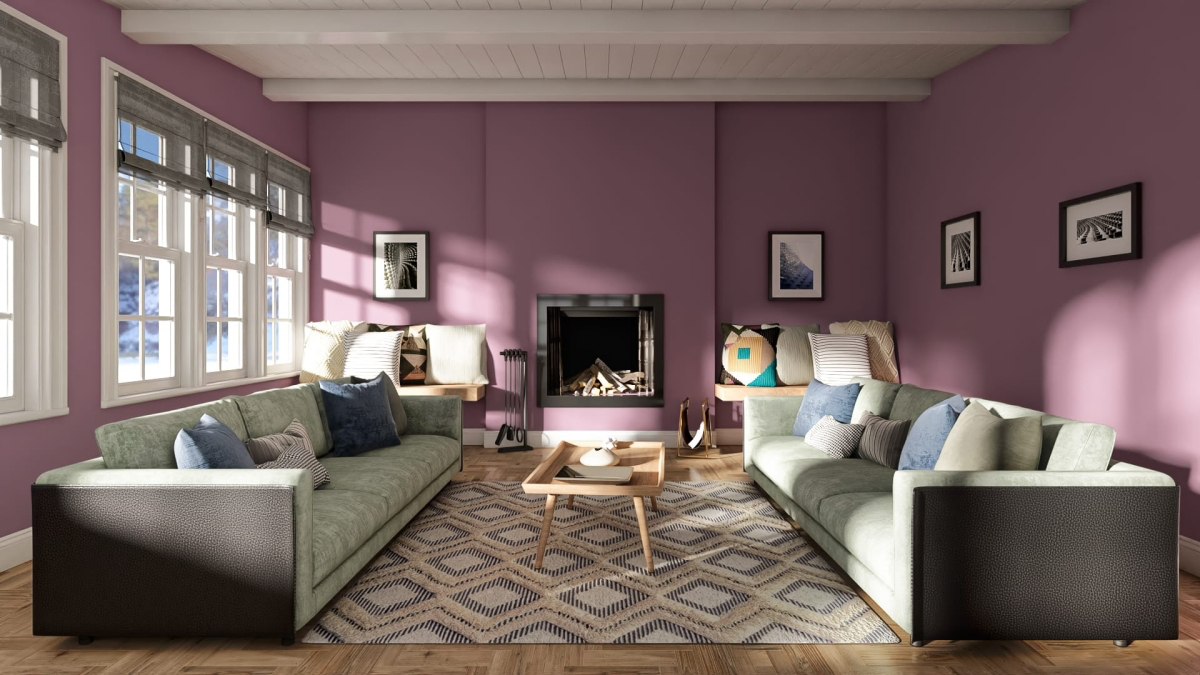
Quick How-To: Your First Plum Accent Wall
- Prep and Clean: Wipe down the wall to remove dust and grime. Fill any holes and sand them smooth.
- Tape It Off: Use good quality painter’s tape for crisp lines along the ceiling, baseboards, and corners.
- Prime Time: Roll on one coat of your tinted primer. Let it dry completely (usually 3-4 hours).
- First Coat: Apply your first coat of plum paint. Use a ‘W’ pattern with your roller for even coverage. Don’t press too hard. Let it dry for at least 4-6 hours.
- Second Coat: Apply your final coat. Let it cure for a day or two before you put furniture back against it.
Bringing in Plum with Textiles
If painting a whole wall feels like too much, textiles are your secret weapon. A plum velvet sofa feels incredibly luxe because the pile of the fabric catches light, creating depth. A plum linen curtain, on the other hand, feels more casual and earthy. It’s the same color, but a completely different vibe. Good to know: If you’re buying upholstery, look for the ‘rub count’ or ‘double rubs’ number. For a family sofa, you’ll want something durable, typically 15,000 double rubs or higher.
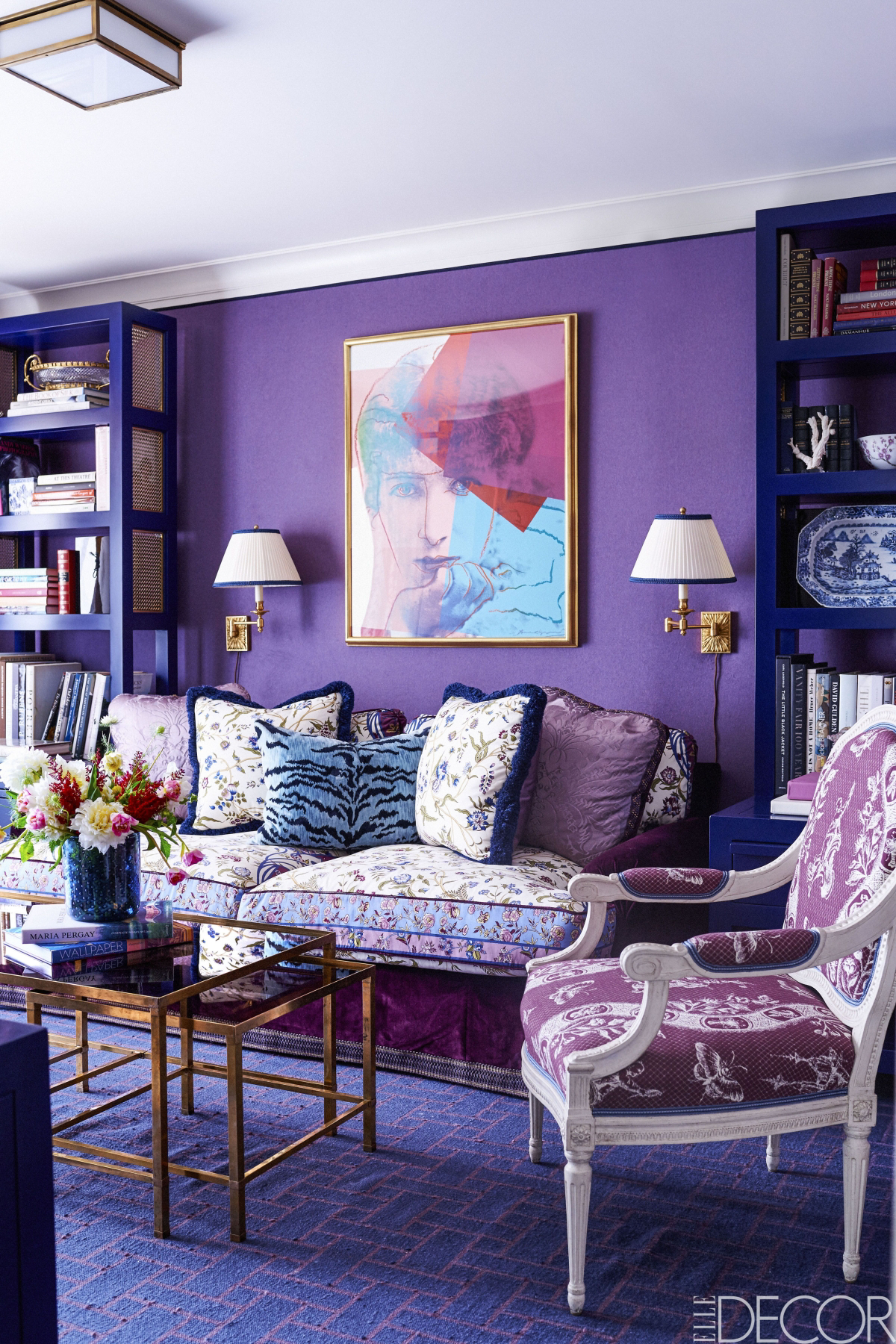
Afraid to Commit? Try These Quick Wins
Not quite ready to go all-in with a paintbrush? You can still get that rich, plummy goodness in small doses. This is a great way to test the waters.
- A pair of velvet throw pillows on your sofa (expect to pay $50-$80 for a decent pair).
- A dramatic plum-colored throw blanket draped over a chair (around $70).
- A large ceramic vase filled with fresh flowers or even some interesting branches.
- Plum-colored art or even just a new mat for a piece of art you already own.
Troubleshooting: When Good Plum Goes Bad
Sometimes, despite our best efforts, things go wrong. Here are some common issues and how to fix them.
- The Problem: “My plum looks muddy and dull.”
This is almost always a lighting issue. Your light bulbs are probably fighting with the undertones in your paint. Before you do anything drastic, try swapping your light bulbs to a warmer Kelvin temperature (2700K-3000K). It’s a cheap fix that often works wonders.
- The Problem: “This room feels like a dark cave.”
The color is absorbing too much light. You need to introduce reflective surfaces and more light. Hang a large mirror. Add more lamps. Use a lighter-colored rug or sofa to break up the dark color. And always, always paint your ceiling a light, creamy white to give the room a lift.
- The Problem: “The paint finish is patchy and uneven.”
This is a sign of either rushing the job or using cheap paint. Dark colors are not forgiving. Unfortunately, the only fix is to repaint. This time, start with a quality tinted primer, use a premium paint brand, and allow for proper drying time between two full, even coats.
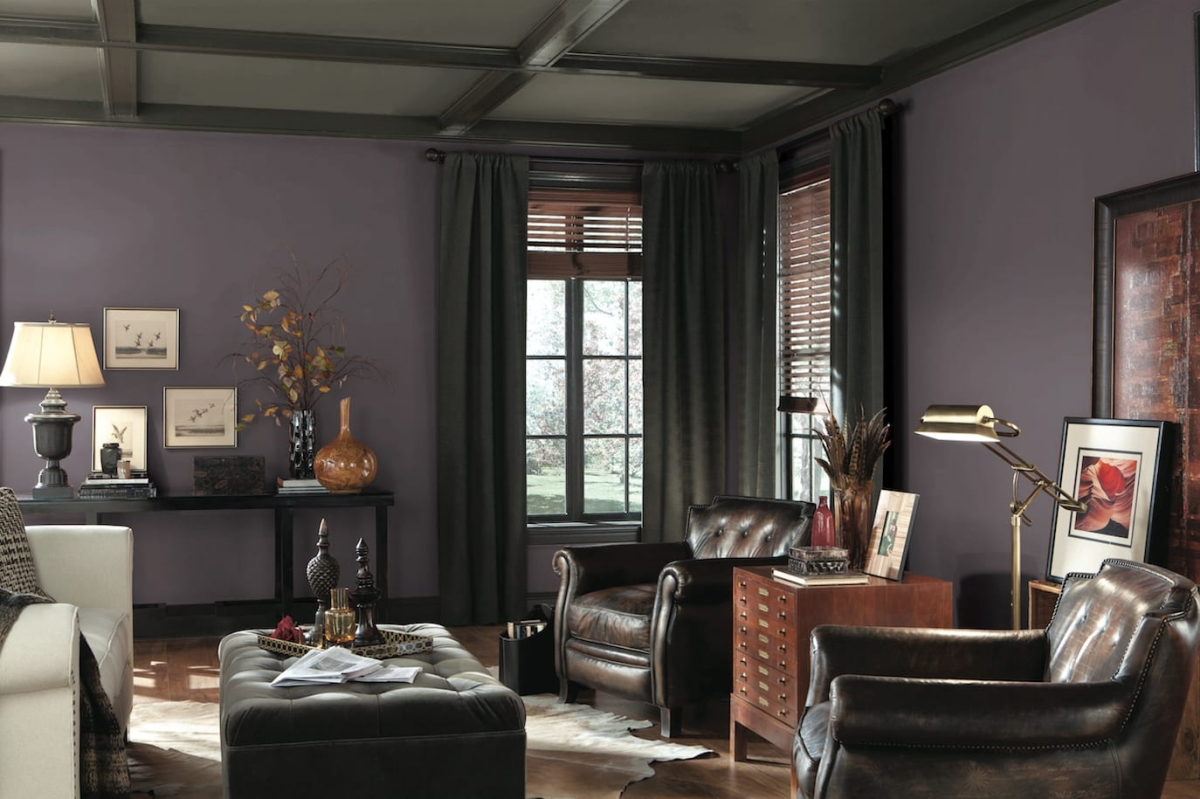
DIY or Call a Pro? (And What to Expect on Cost)
Can you paint a plum accent wall yourself? For sure. It’s a great weekend project.
But there are times when hiring a professional is the smarter move. If you have super high ceilings, a ton of tricky trim, or walls that are in rough shape, a pro will get you a flawless finish. And if you want to paint something like kitchen cabinets or get a high-gloss look, you really need their spray equipment and expertise.
Let’s talk money for a second. A DIY accent wall might run you $100-$150 in paint and supplies. Hiring a painter for an entire room could be anywhere from $600 to $1,000. A two-hour color consultation with a designer might cost you $200-$400, but that’s a small price to pay to avoid a costly mistake you’ll have to stare at every day.
At the end of the day, plum is an amazing, expressive color. It can be whatever you want it to be—bold, subtle, cool, or warm. By respecting the power of light and texture, you can use it to create a space that feels personal, beautiful, and built to last.
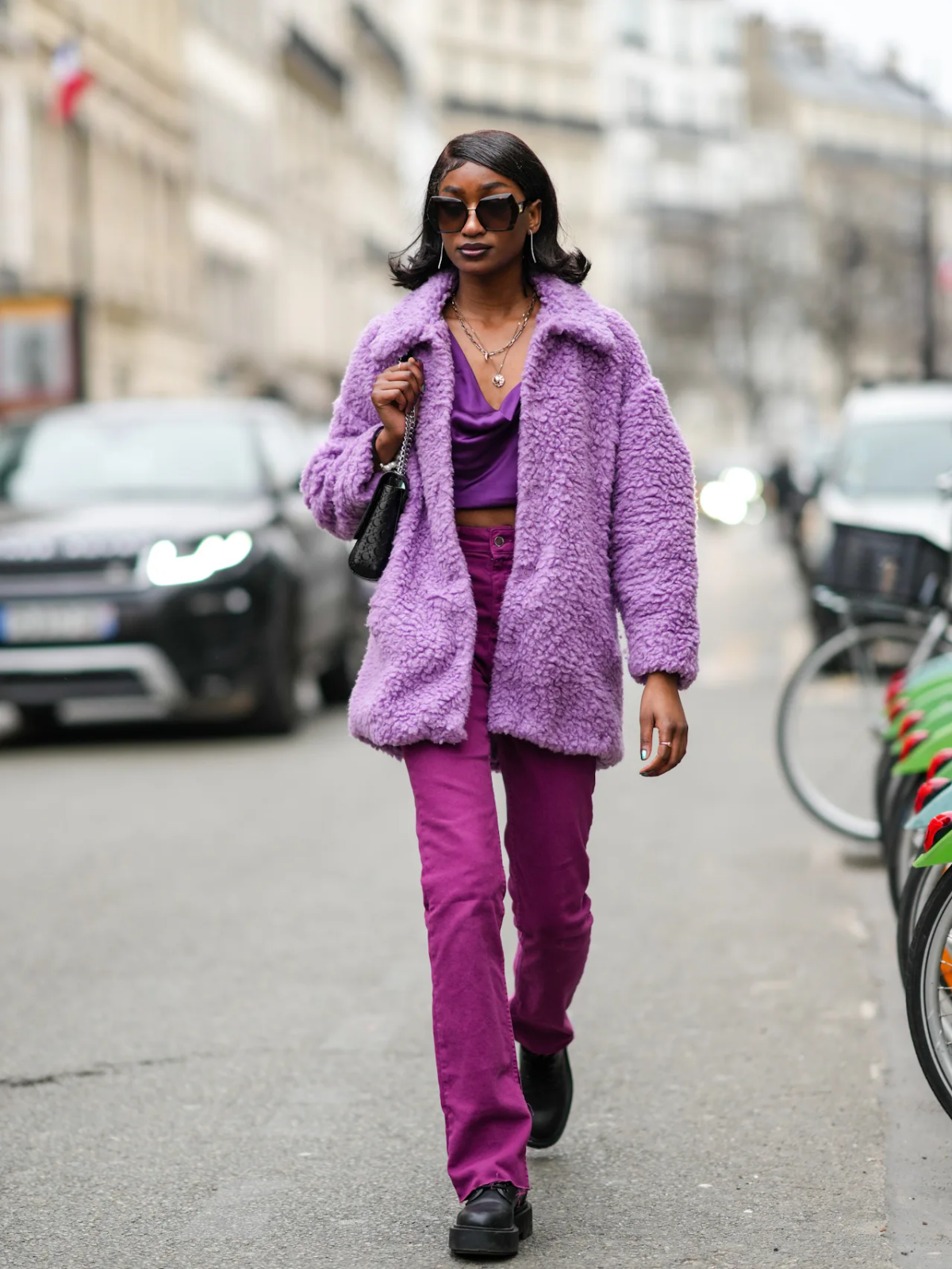
Galerie d’inspiration
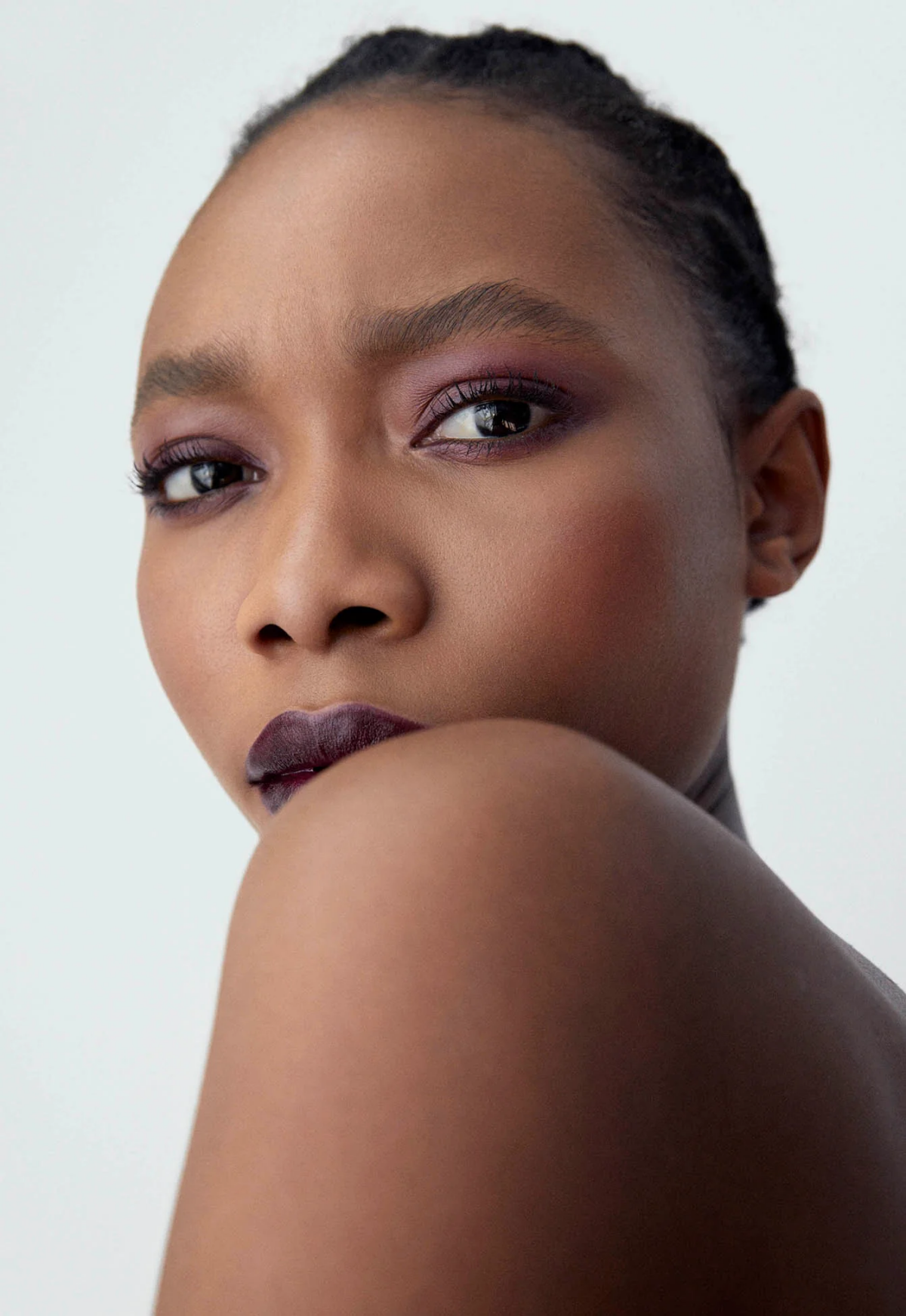
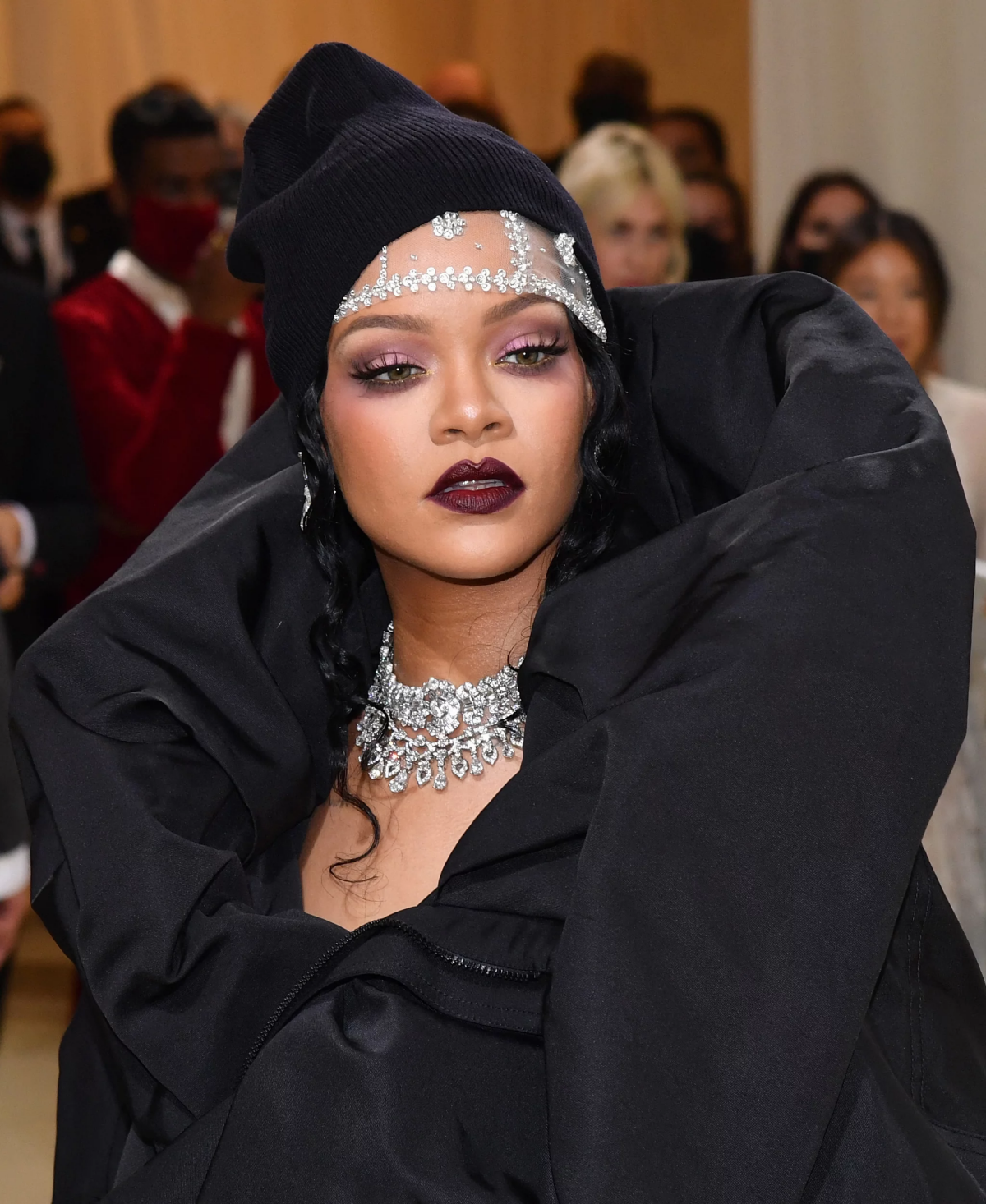
Plum’s magic isn’t just in the hue, but in how it feels. To truly elevate it, think texture. The color comes alive when paired with materials that play with light and touch.
- Lush Velvet: A plum velvet sofa or armchair, like the ‘Sven’ from Article in a deep purple, is the epitome of comfortable luxury.
- Aged Metals: Forget chrome. Think warm, unlacquered brass or brushed gold for tapware, lighting, and handles. The soft gleam against a matte plum wall is timeless.
- Dark Woods: Rich walnut or ebony-stained oak furniture provides a solid, natural anchor that keeps plum from feeling too whimsical.
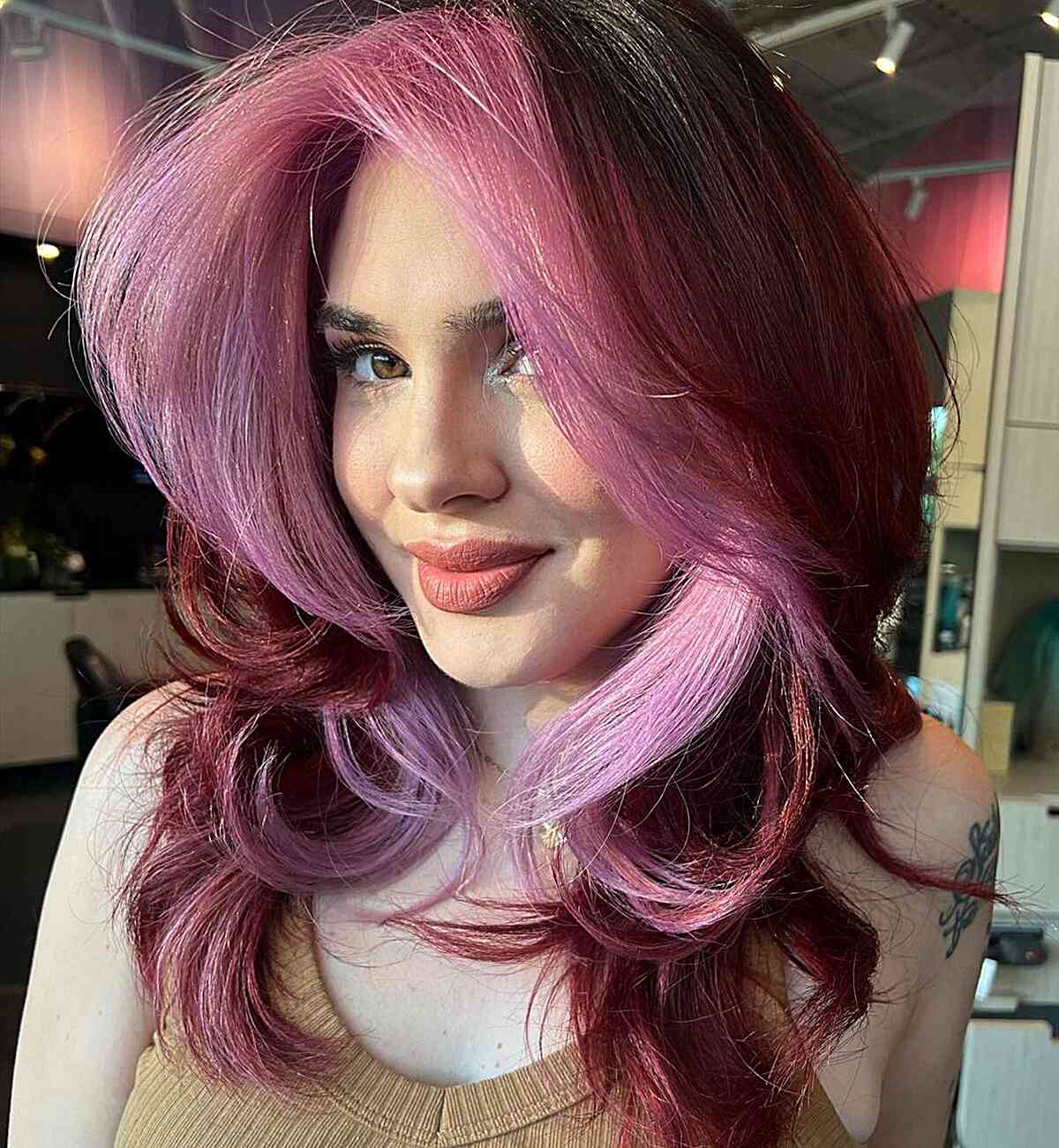
Globally, purple is the color most often associated with creativity, imagination, and magic.
This isn’t just a modern trend. Historically, purple dyes were rare and expensive, reserved for royalty and clergy, embedding a sense of specialness and spirituality into the shade. When you paint a room in a deep plum like Farrow & Ball’s ‘Pelt’, you’re subconsciously tapping into this long history of sophistication and creative energy, creating a space that feels both important and inspiring.

The Accent Wall Trap: It might seem safer to paint just one plum wall, but this can sometimes backfire. A single dark wall can visually shrink a room by chopping it up, making the other walls feel like they’re closing in. For a truly immersive and cozy effect, consider painting all four walls, and maybe even the trim. This ‘color drenching’ technique creates a seamless, jewel-box atmosphere that feels intentional and surprisingly expansive.
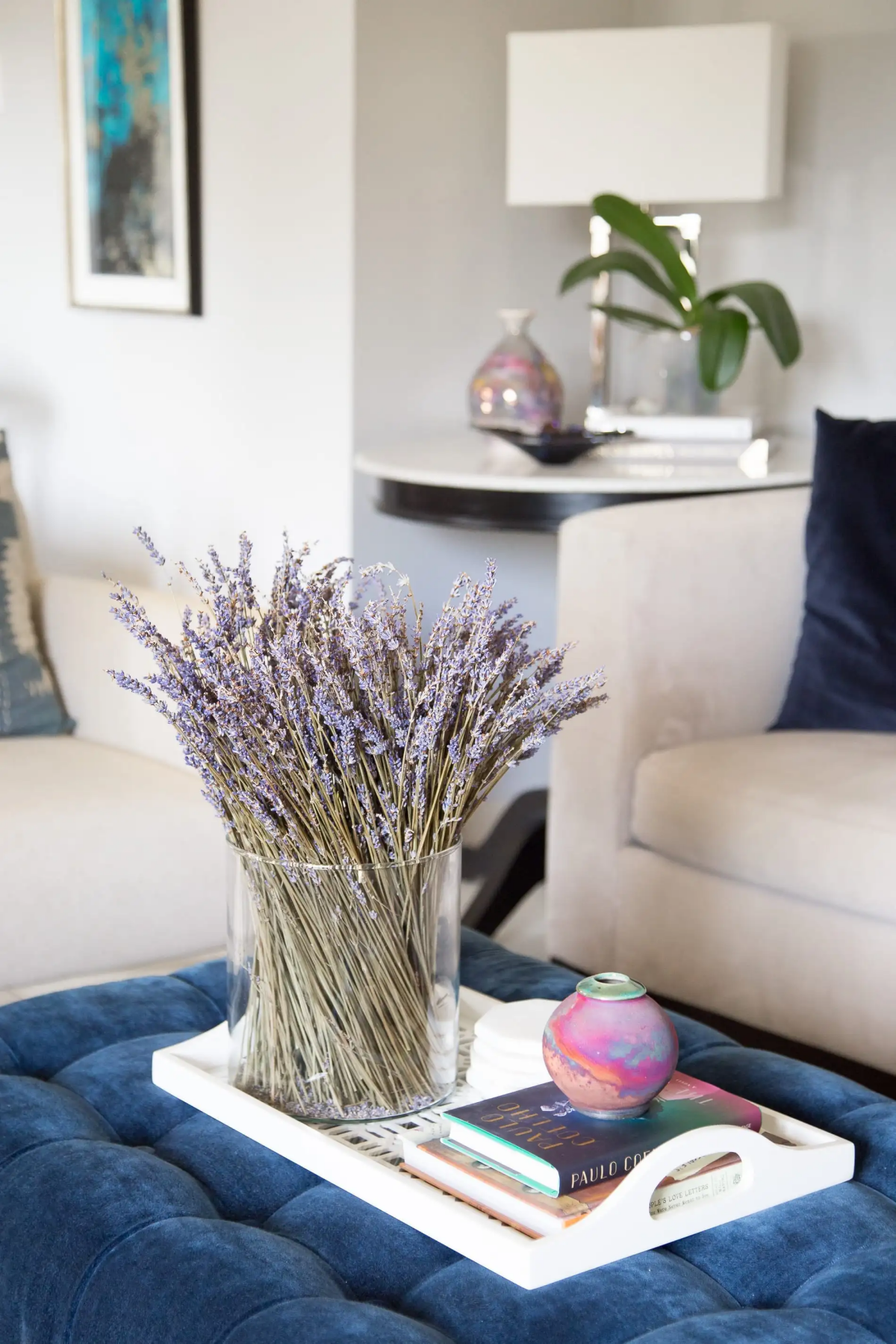
Want to test the waters before committing to paint?
Textiles are your best friend. A single, high-impact item can completely shift a room’s mood. Try swapping out your neutral bedding for a plum-hued linen duvet set from a brand like The Citizenry or Parachute. Or, for an even smaller investment, introduce a pair of rich plum velvet cushion covers from H&M Home onto your existing sofa. It’s a low-risk way to experience the color’s dramatic effect.
- A sense of earthy, bohemian warmth.
- A connection to nature and handcrafted style.
- A rich, layered, and inviting atmosphere.
The secret? Pair your plum with a palette of mustard yellow, olive green, and terracotta. This combination balances plum’s cool tones with organic warmth, creating a look that’s sophisticated yet deeply comfortable.










